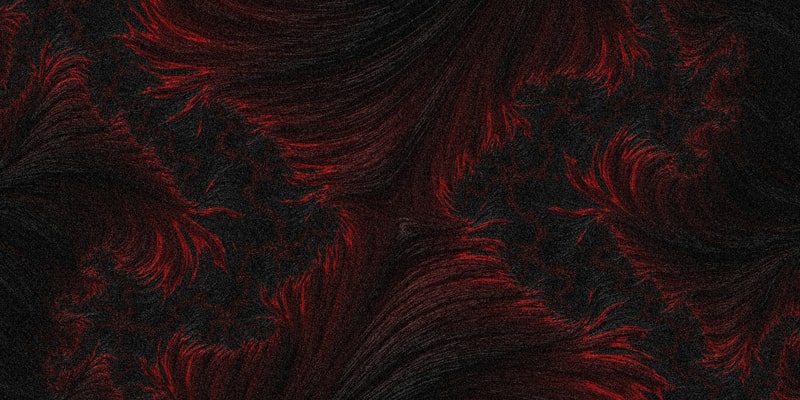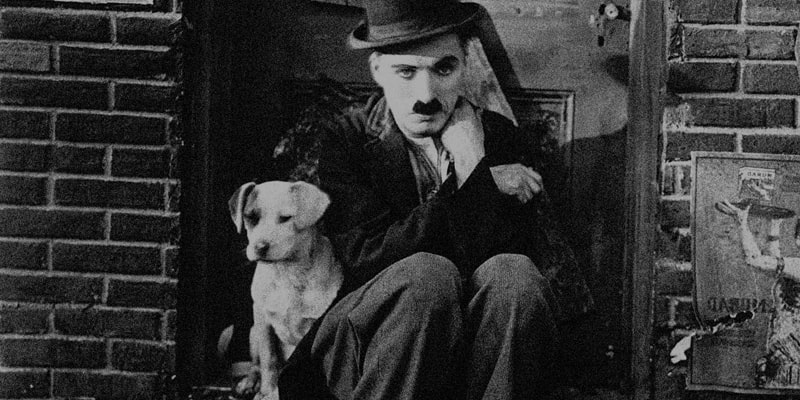Synesthesia is a state of consciousness in which stimuli that are perceived by one sense trigger additional sensations that are perceived by another sense. For example, a person with synesthesia may see colors when they hear sounds, or smell smells when they see certain letters or numbers.
Synesthesia is a relatively rare phenomenon, occurring in about 1-4% of people. It can be inherited or acquired, and can occur at any age.
Types of synesthesia
There are many different types of synesthesia. The most common are the following:
- Auditory-visual synesthesia is the most common type of synesthesia, in which sounds trigger visual sensations in the person. For example, a person with auditory-visual synesthesia may see a certain color when they hear a certain sound.
- Auditory-tactile synesthesia is a type in which sounds trigger tactile sensations in the person. For example, a person with auditory-tactile synesthesia may feel that sounds have a certain texture or shape.
- Auditory-gustatory synesthesia is a type in which sounds trigger gustatory sensations in the person. For example, a person with auditory-gustatory synesthesia may feel that sounds have a certain taste.
- Auditory-olfactory synesthesia is a type in which sounds trigger olfactory sensations in the person. For example, a person with auditory-olfactory synesthesia may feel that sounds have a certain smell.
Causes of synesthesia
The causes of synesthesia are not fully understood. However, there are several theories that attempt to explain this phenomenon.
One theory is that synesthesia is the result of increased interhemispheric interaction. In people with synesthesia, the two hemispheres of the brain, which typically control different functions, interact more closely with each other. This can lead to the fact that stimuli that are perceived by one hemisphere trigger additional sensations in the other hemisphere.
Another theory is that synesthesia is the result of genetic factors. Some studies have shown that synesthesia can be inherited.
Synesthesia and creativity
Synesthesia is often associated with creativity. Many well-known artists, musicians, writers, and other creative people have synesthesia. For example, Daniel Tammet is a mathematician who has written a book about his synesthesia called “Born on a Blue Day“. He has a form of synesthesia where he sees colors and shapes when he hears sounds or words. You can read more about Daniel at this link.
Studies have shown that synesthesia can promote creative thinking. People with synesthesia often have more developed imagination and association skills. This can help them in creating new and innovative ideas.
Synesthesia and health
Synesthesia is generally not a sign of any disease. It does not cause any physical or psychological problems. However, in some cases, synesthesia can be accompanied by other neurological disorders, such as epilepsy or autism.
Conclusion
Synesthesia is a marvelous state of consciousness that allows people to perceive the world in a new way. It can be a source of creativity and new ideas. Perhaps people with this gift is our next superheroes.






